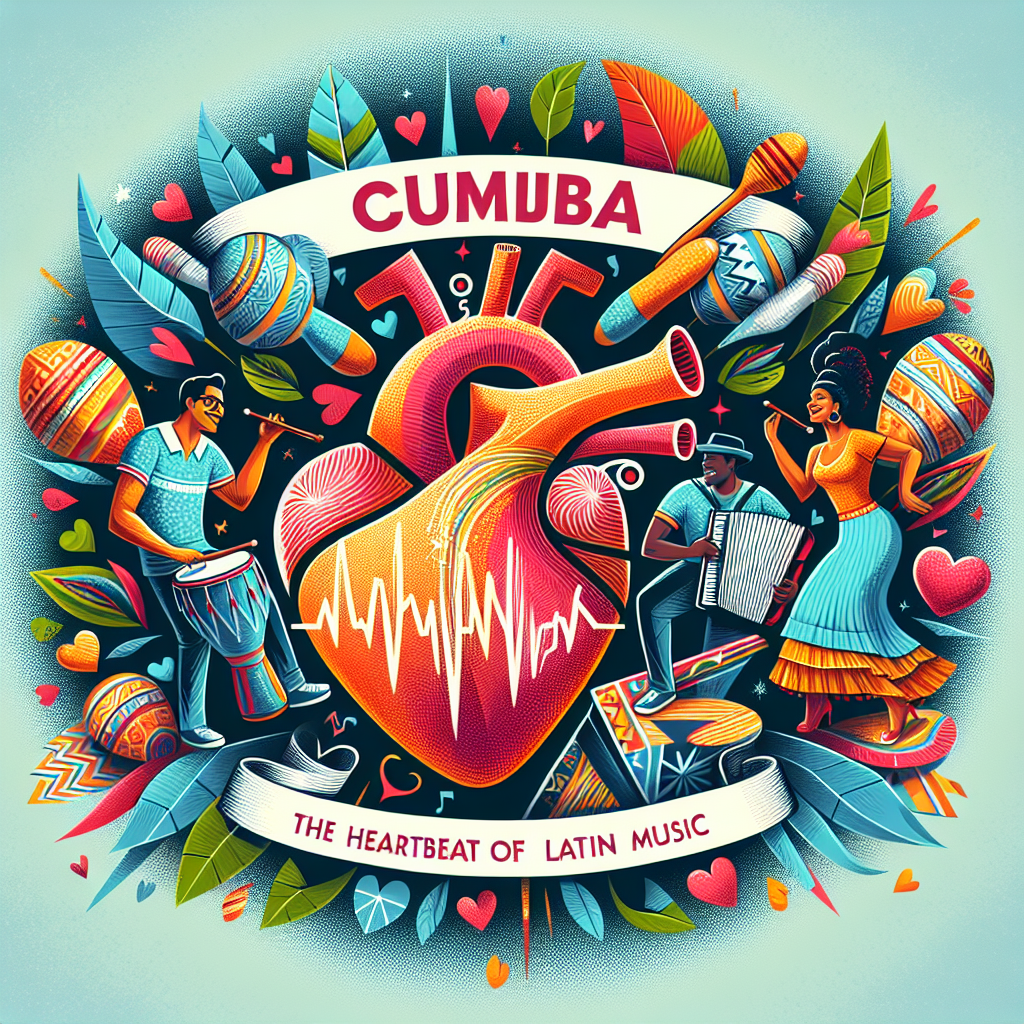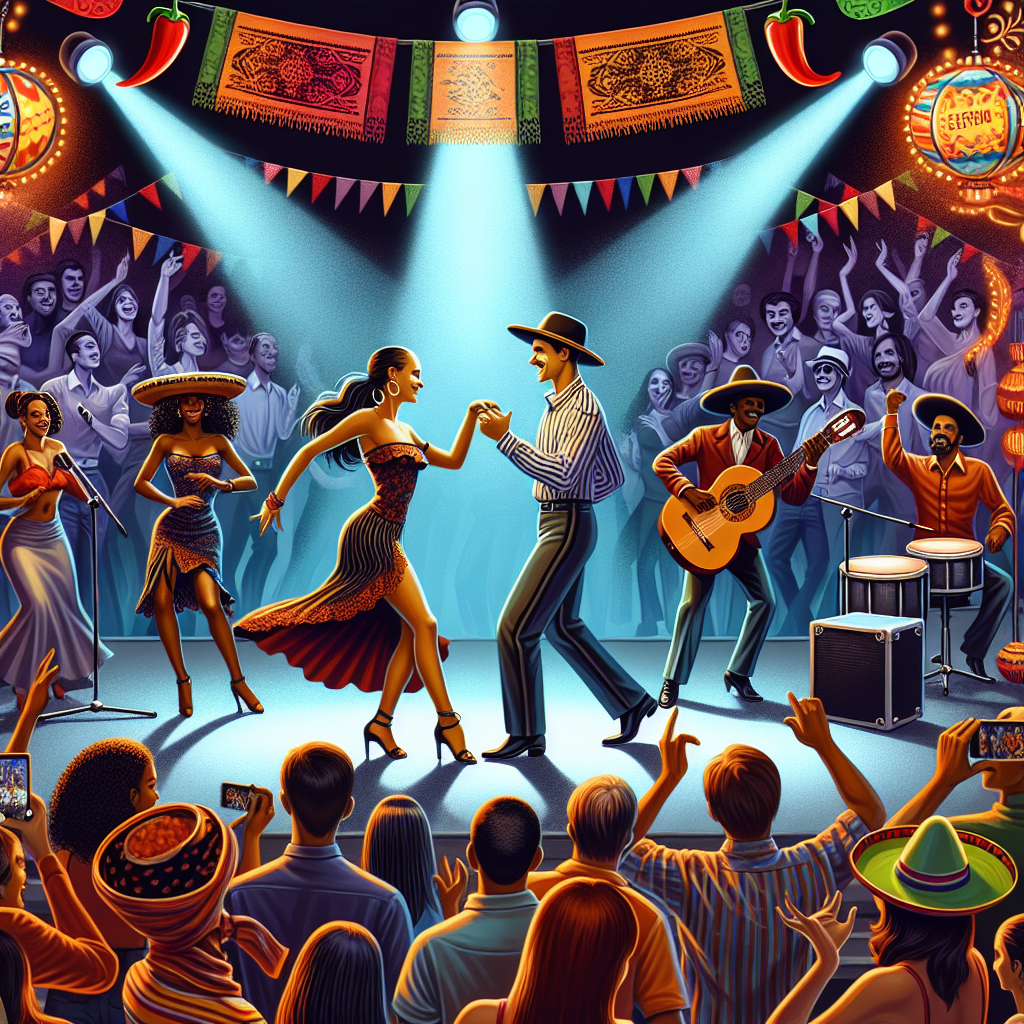The Latin American culture is rich and diverse, woven into the fabric of various elements: music, food, language, and folk arts opening up a tapestry of stunning cultural wealth. Amongst these fascinating aspects, music stands out, particularly Merengue – a vibrant dance form that embodies the Latin America rhythm. To understand Merengue’s primal origin and captivating journey, one must drift back in time and navigate regions echoing the vibrant Latin American beats.
Historical Background of Merengue
The exact origins of Merengue are peppered through different narratives, but most historical accounts corroborate that its birthplace was the Dominican Republic during the early-mid 19th century. Some accounts attribute its roots to African slaves who mimicked their colonizers’ dances, while others believe that the Spanish Maringue dance spurred its traditional form.
Regardless of its unclear origins, the Merengue dance and music truly consumed the national identity of the Dominican Republic during the ruthless dictatorship under Rafael Trujillo (1930-1961). Merengue was propagated through government-sponsored radio stations as the national music and dance, which ingrained it so deeply in Dominican popular culture that it remains intrinsically connected to this day.
Elements of Merengue
Central to Merengue’s appeal is its unique musical composition. Traditional Merengue is orchestrated around three primary instruments- the accordion, the tambora, and the güira- each adding a robust flavor. The dance moves, characterized by a simple side to side motion, are intuitive, leading to its wide acceptance and participation across social classes.
Transformative Journey of Merengue
Merengue’s popularity gathered momentum, reaching the far corners of Latin America, particularly Puerto Rico, Venezuela, and Colombia, and eventually made its way to New York City, where it encountered a swift evolution. The shift from the traditional to what is known now as ‘New York style’ Merengue can be noted in the faster beat and multiplicity of instruments utilized.
Despite undergoing transformations and assimilating fusion elements from other genres, Merengue’s basic spirit remains intact – a dance that celebrates life with an unpretentious yet vibrant rhythm.
Influence of Merengue in Latin Culture
Merengue has decisively influenced Latin culture by bridging the socio-economic gap and bonding individuals through the shared love for rhythm and dance. It is a vivid expression of emotion, identity and represents the socio-political history of Latin America.
Conclusion
Exploring the roots of Merengue involves undertaking a rich cultural quest across the music landscape of Latin America. This captivating journey back in time and across regions enchants one with the resilient spirit of Latin America. The Merengue dance form, be it in its traditional or contemporary avatar, continues to pulsate with exuberance, mirroring Latin America’s very heart and soul.
Frequently Asked Questions (FAQs)
-
What is the origin of Merengue?
Merengue originated in the Dominican Republic, however, its exact roots are still debated among historians.
-
How has Merengue contributed to the Latin culture?
Merengue has made a significant contribution to shaping Latin culture by bridging social and economic gaps, reinforcing national identity and serving as a vibrant expression of emotion and history.
-
What instruments are most commonly used in Merengue music?
Traditional Merengue music is primarily characterized by the use of three instruments: the accordion, the tambora, and the güira.
-
How has Merengue evolved over time?
Merengue has evolved both musically and geographically. From its original form in the Dominican Republic, it has traveled across Latin America and beyond, assimilating elements from various music genres and cultures.
-
What makes Merengue unique?
The simplicity, rhythmic pattern and ability to connect across social strata make Merengue unique among other Latin American dance forms.




